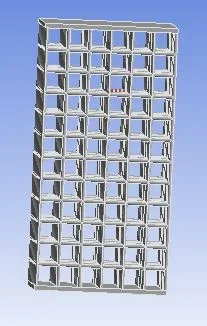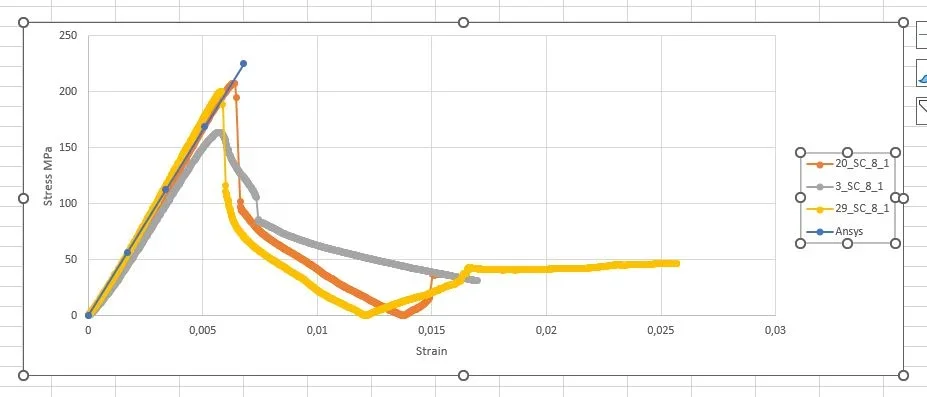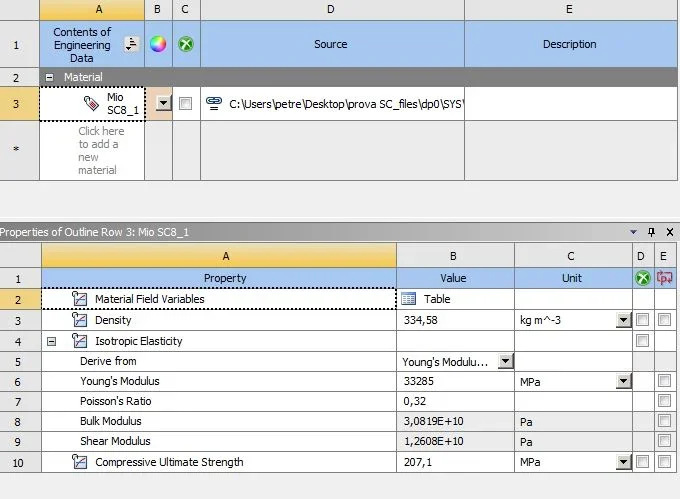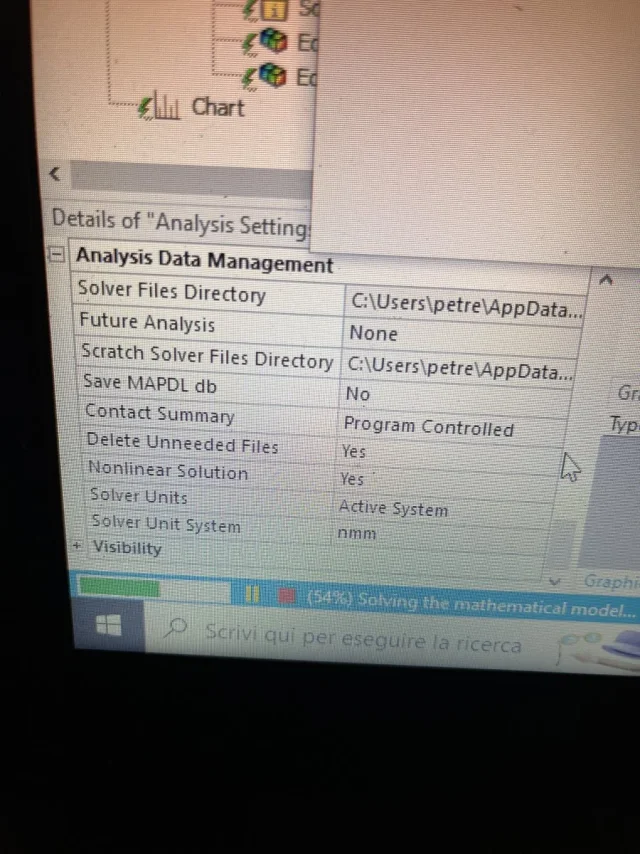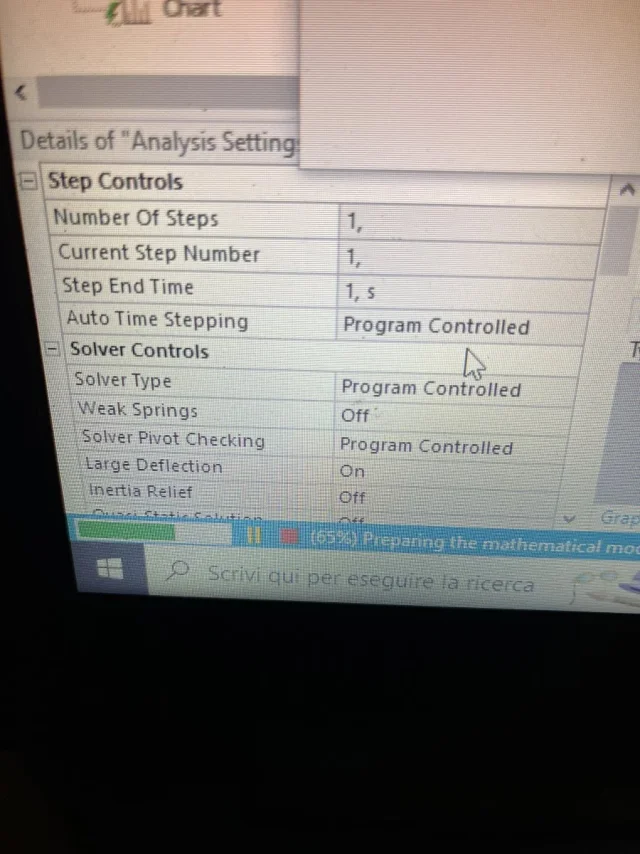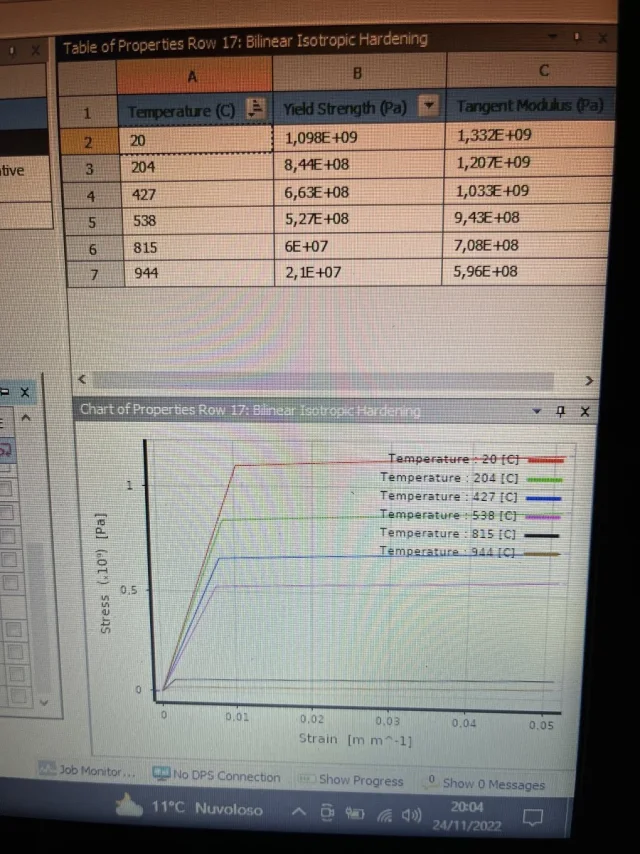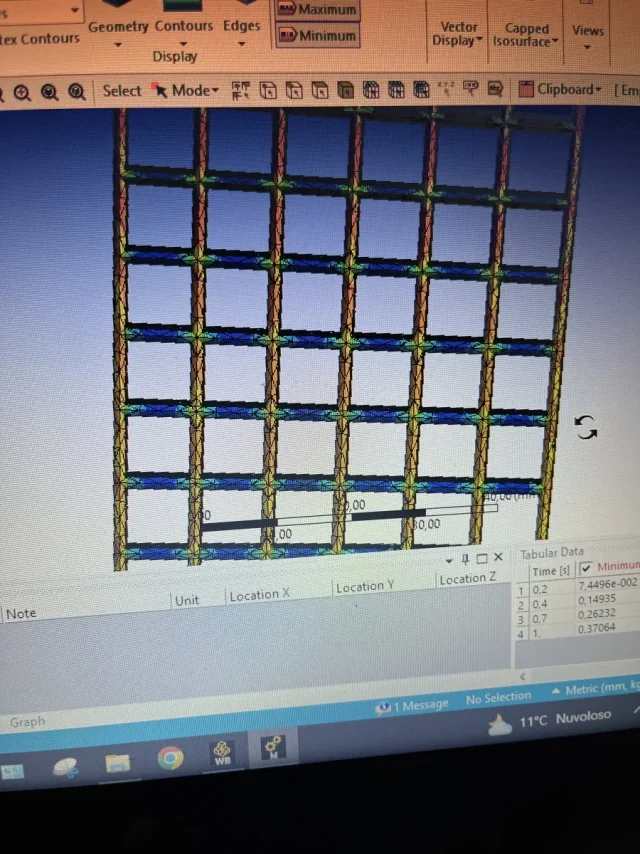Utente cancellato 92203
Guest
Hello, everyone. I ask you for help because I have to make on ansys a model that simulates the results found in the laboratory on trials that have a " latex" structure. the material in question is a ti6al4v alloy. 3d was created with solidworks. inserting the various parameters derived from the real curve my test on ansys exceeds the breaking voltage (blue line in the image with 4 experimental curves), how come? Where should I intervene? thanks in advance

